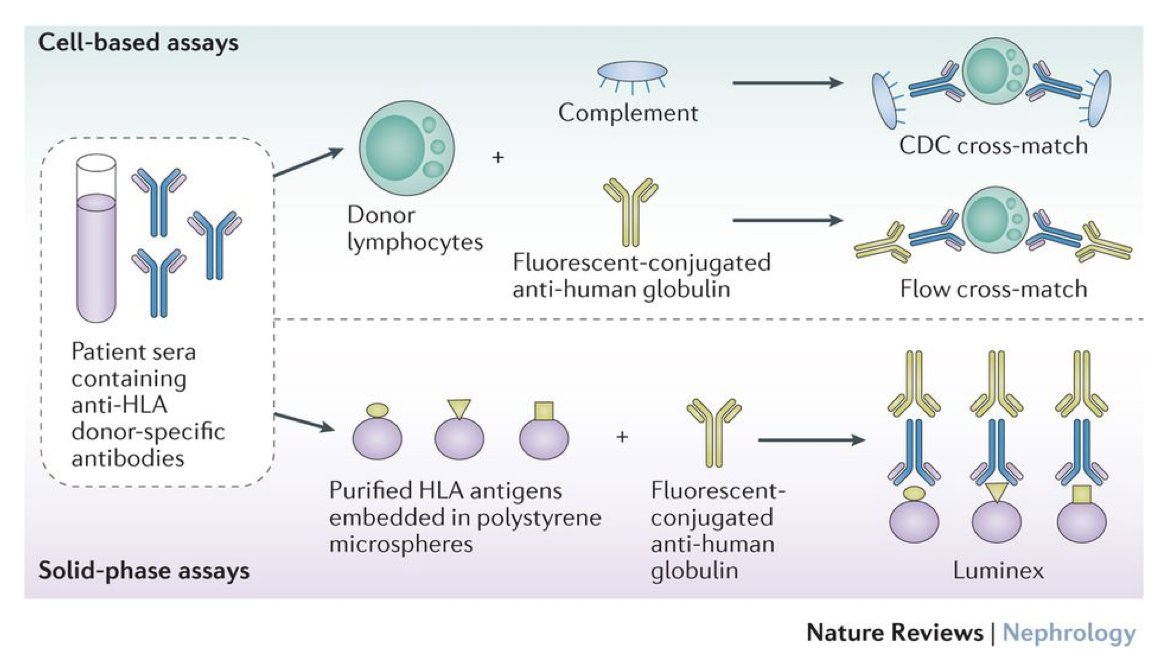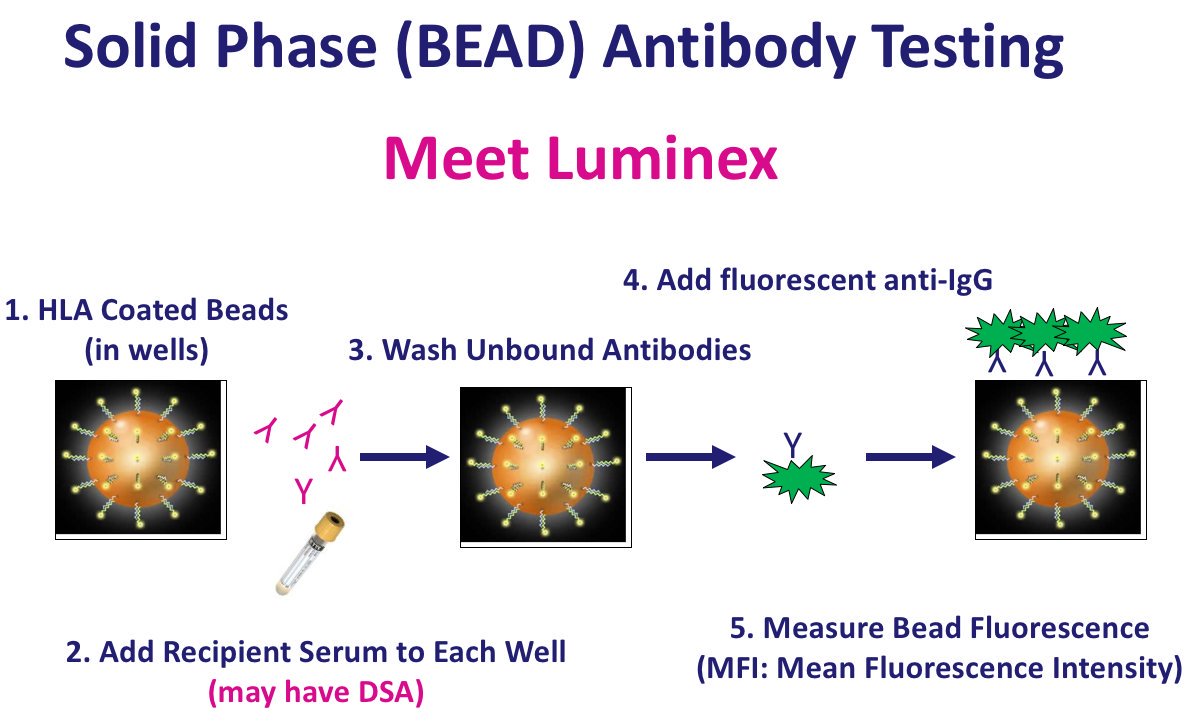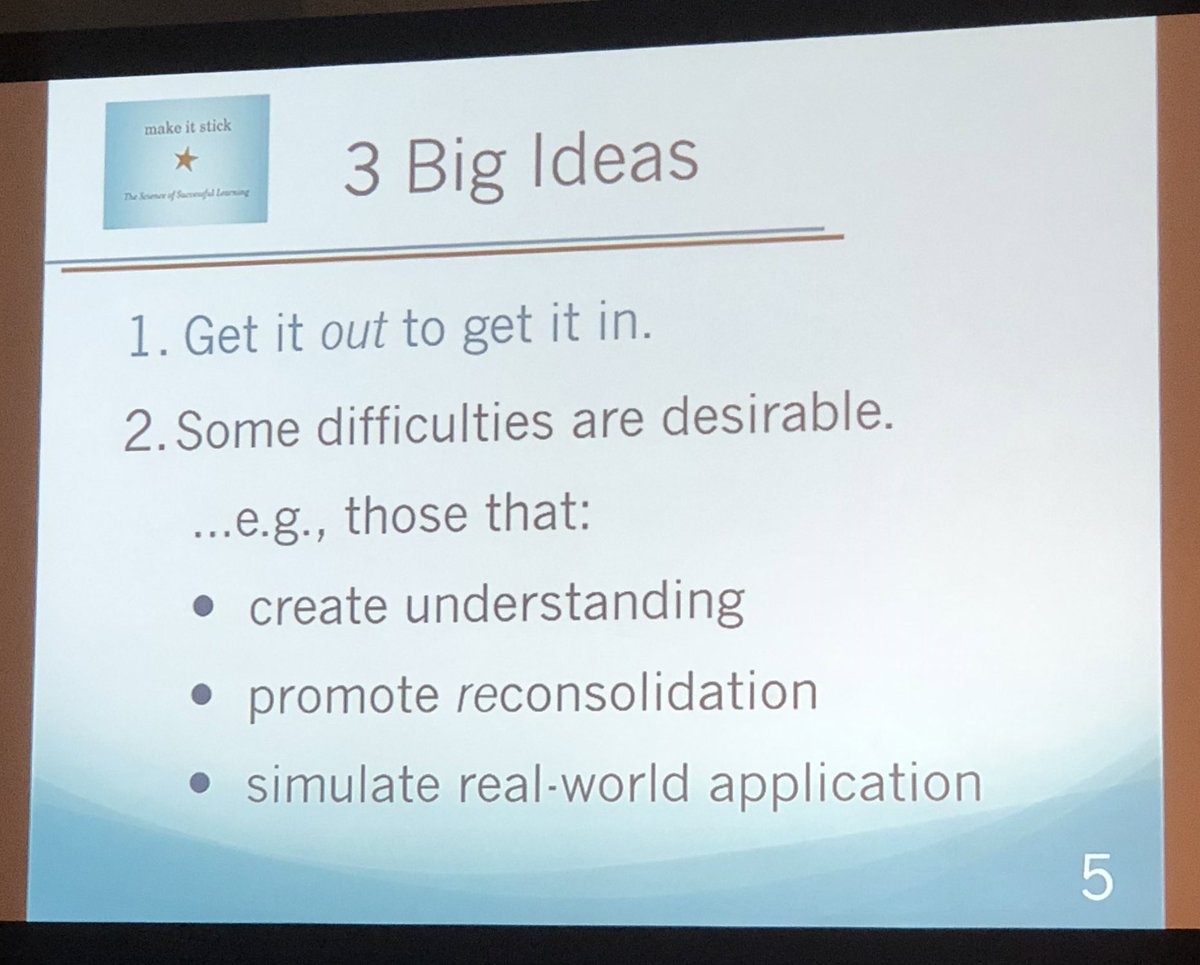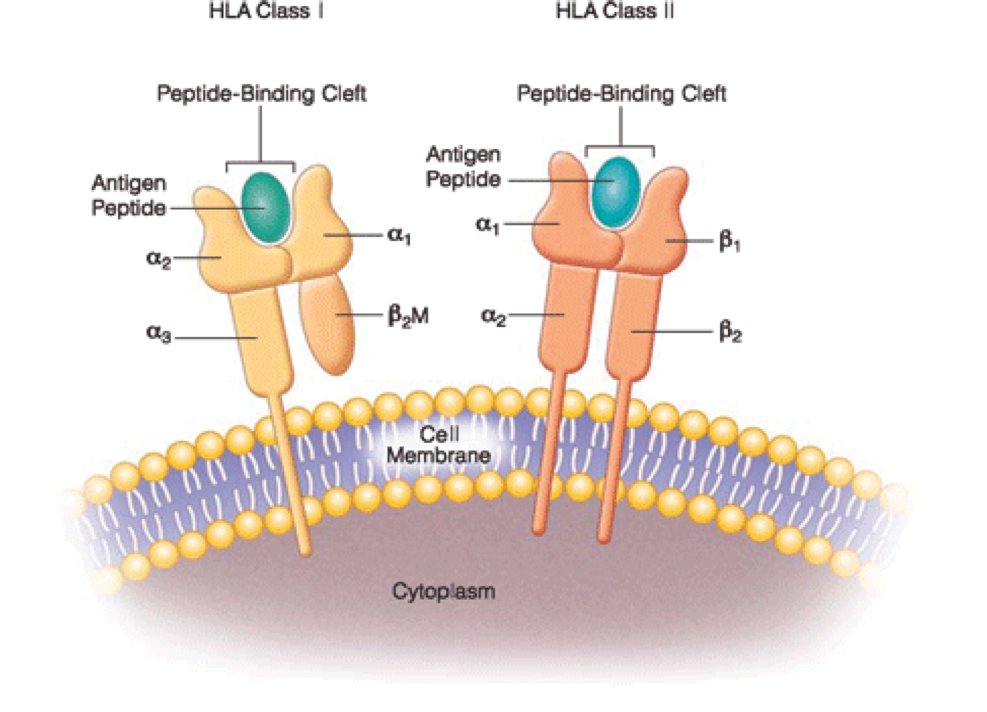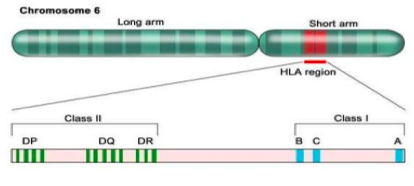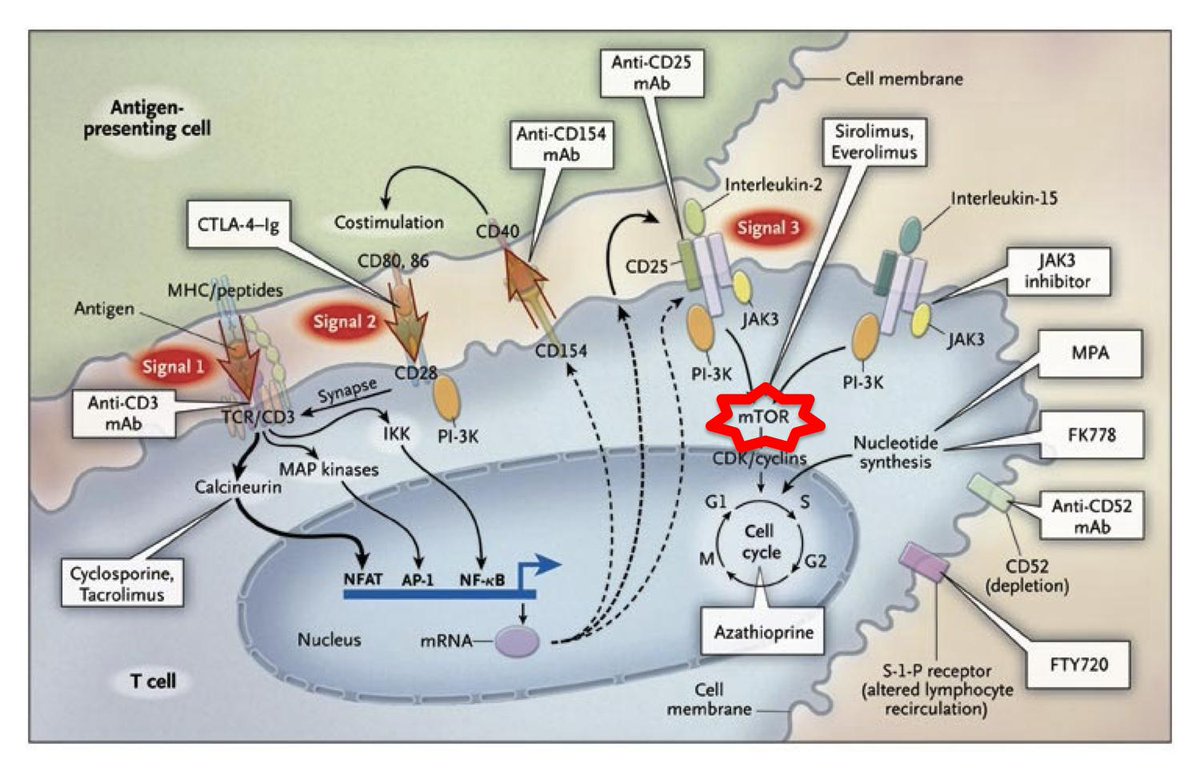Below, let's briefly review basics of #Luminex testing & "cross-matching."
What/who is Luminex?
1. Does this recipient have #DSA* (against HLA-antigens) ?
2. Can the antibodies bind?
3. Can the antibodies activate complement?
*DSA: donor specific antibodies
Here's a #cPRA calculator: optn.transplant.hrsa.gov/resources/allo…
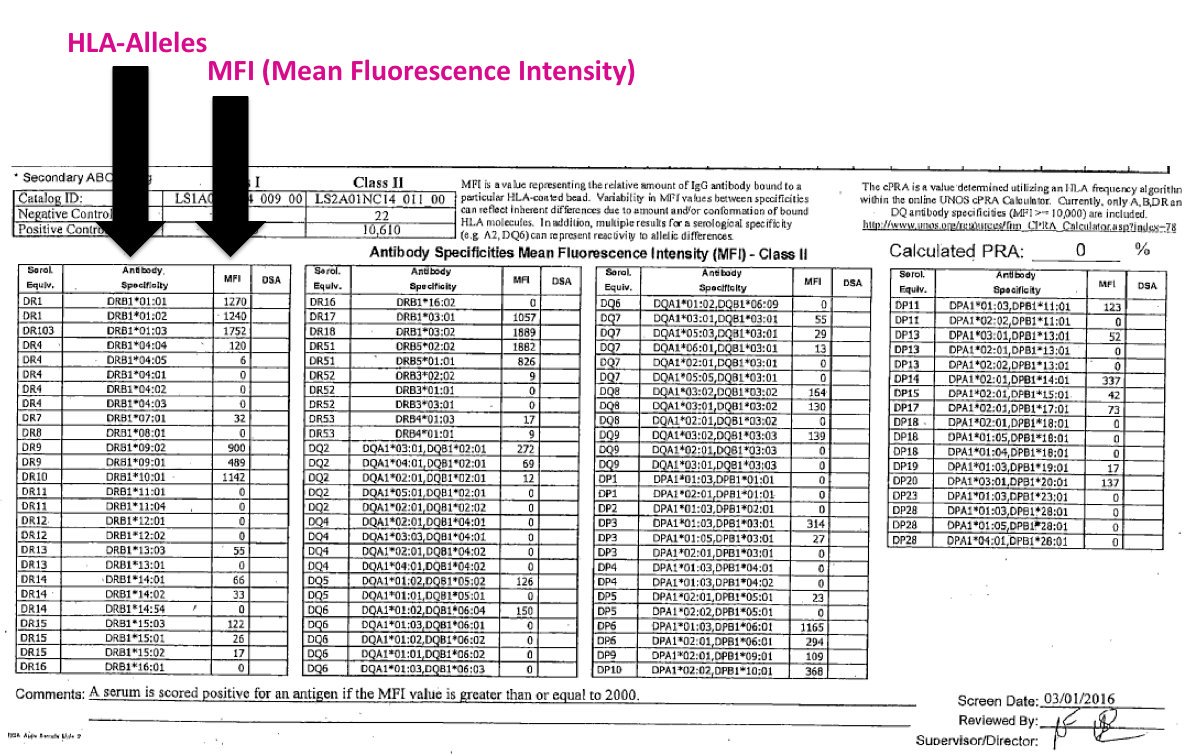
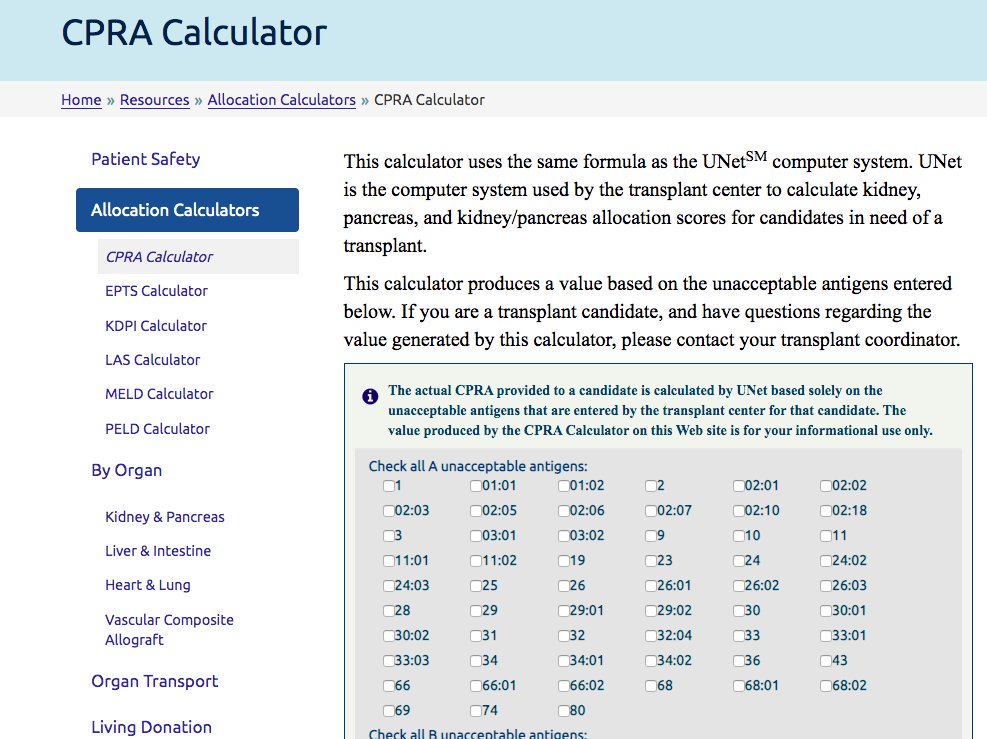
A2: The flow crossmatch (XM), or a cell-based assay = donor lymphocytes + recipient serum (may contain antibodies) ➡️ wash + fluorescent IgG ➡️ flow cytometry
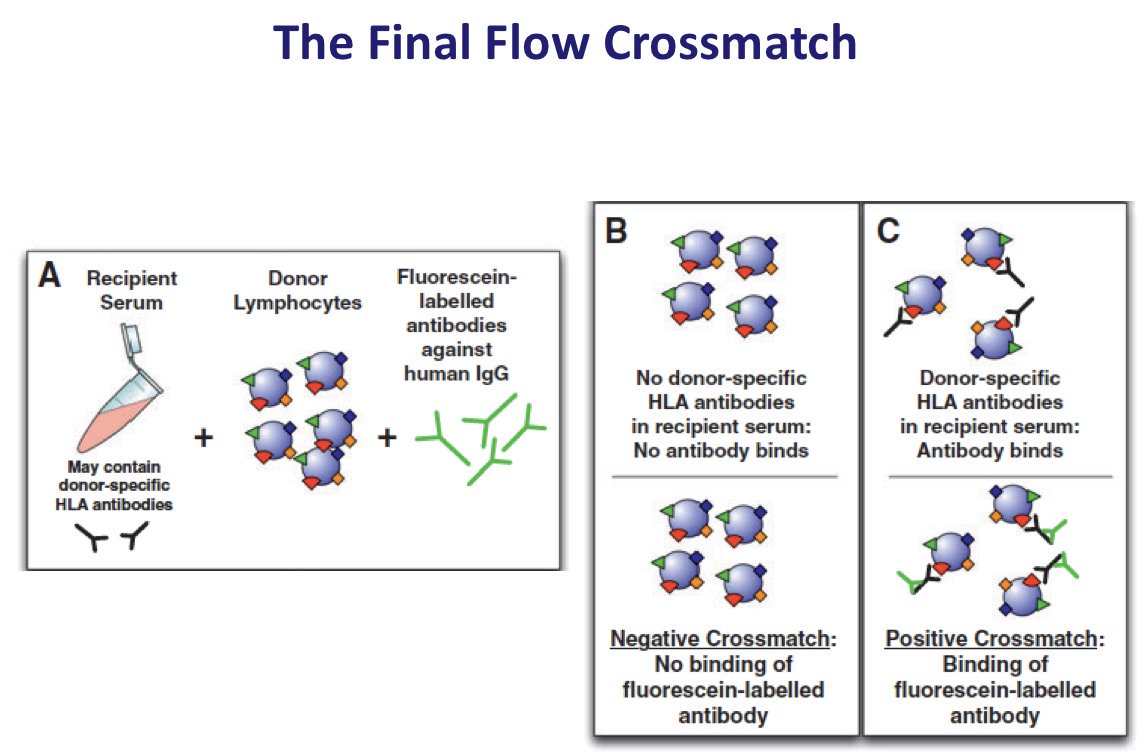
Enter: complement dependent cytotoxicity (CDC) XM
Basically, repeat the flow XM above. But instead of adding a fluorescent IgG, add #complement!
Remember that the flow and CDC XM may be positive if there are non-HLA antibodies against the donor's lymphocytes...
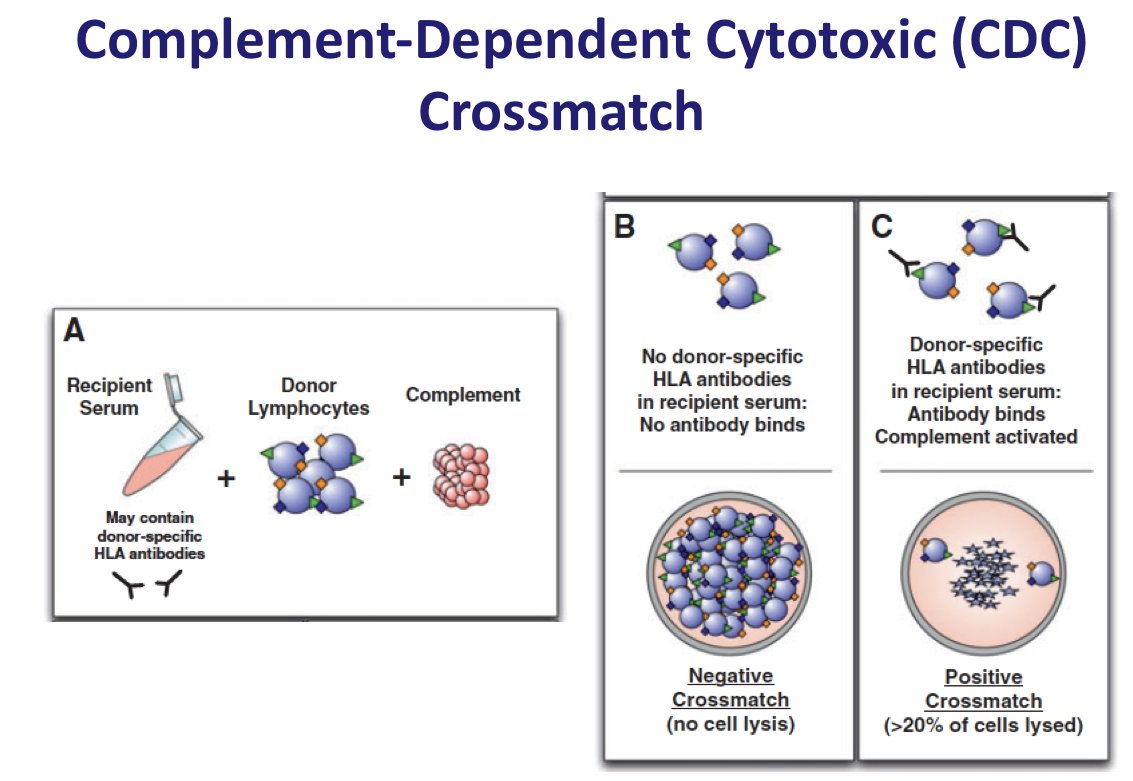
Q1⃣: Are there donor specific antibodies (DSA) against HLA-antgens? ➡️ #Luminex
Q2⃣: Do they bind? ➡️ Flow XM
Q3⃣: Do they activate complement (kill)? ➡️ CDC XM
👇🏽 A nice graphic from @NatRevNeph that describes both cell-based and solid-phase (BEAD) assays
